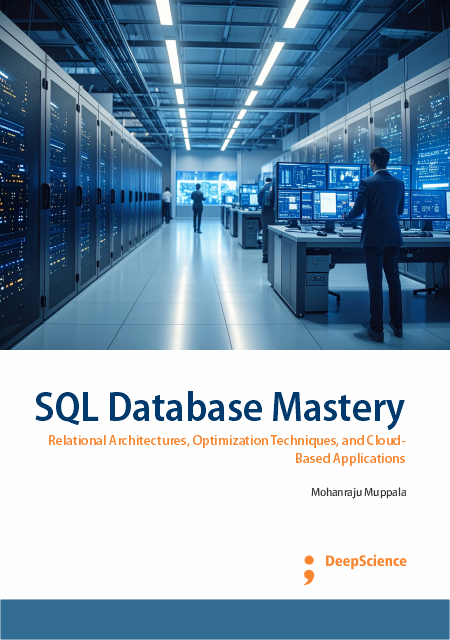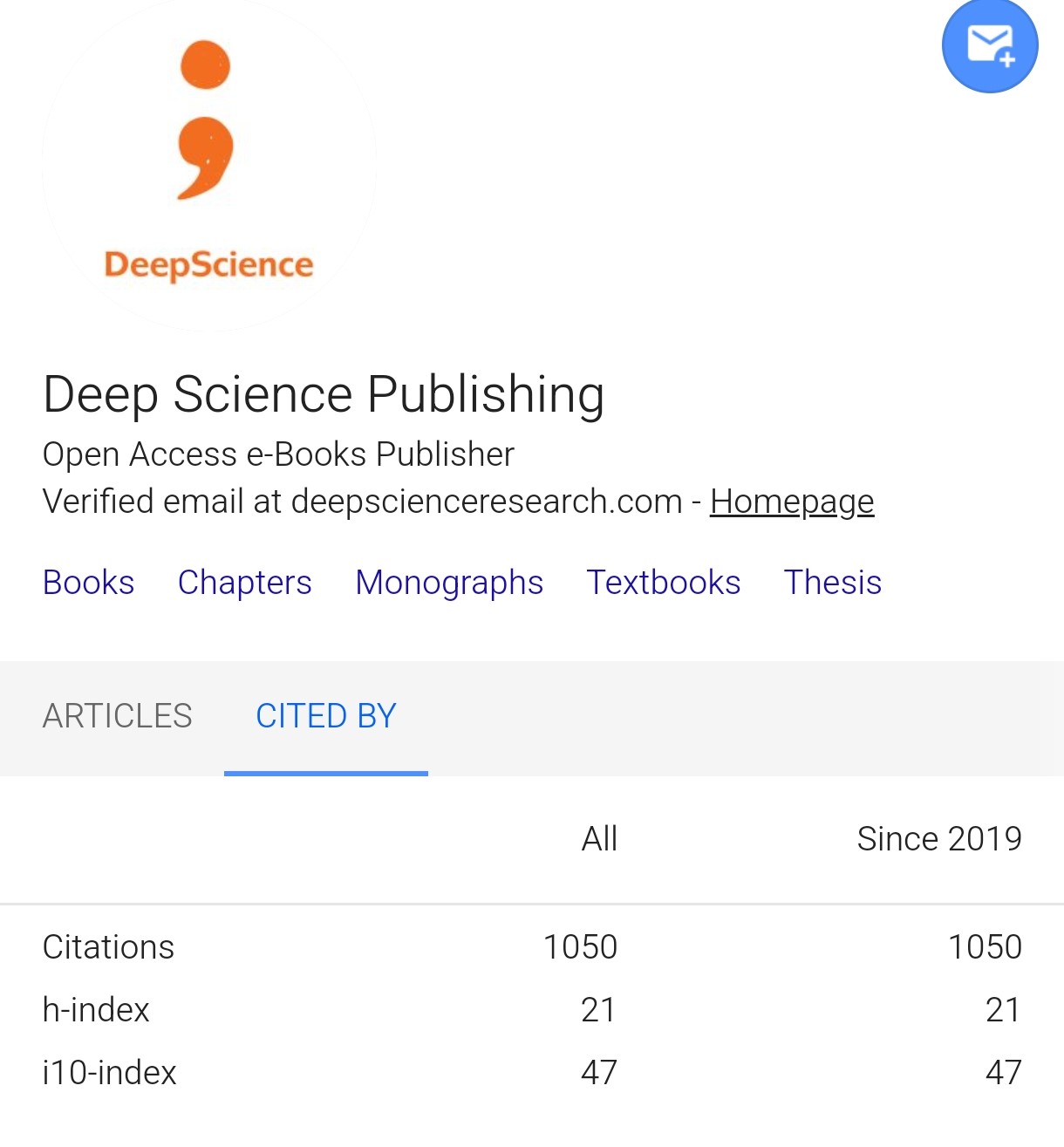Architectures in relational databases: An analytical study of SQL-based data models and ACID principles
Synopsis
When implemented according to the model proposed by E. F. Codd in 1970, databases and their management systems are said to be relational, hence the term relational model. Codd showed that relational databases have significant advantages over previous hierarchical and network models. Relational modelling is the foundation of relational databases [1-3]. It provides the basis for a high-level data language that can be used both by end users and by application developers, and also supports the design of user views. The relational model is the basis of the Structured Query Language (SQL), the universal standard today used to query, manipulate, and maintain a relational database [2,4].
Routines operate on tables, or relations, as a set, or all at once. The indexes play the role of gathering related rows in a specific order along with tonguing and combining column values. Initially a product of the academic community (e.g., IBM System R and the INGRES project), relational databases quickly became a predominant mainstay of the information industry. Commercial products were supplied by Oracle, Sybase, Informix Systems, Ingres Corporation, IBM, and other companies. Now, with the large number of different database products to choose from, users can select the one that best fits their requirements, regardless of company size.













